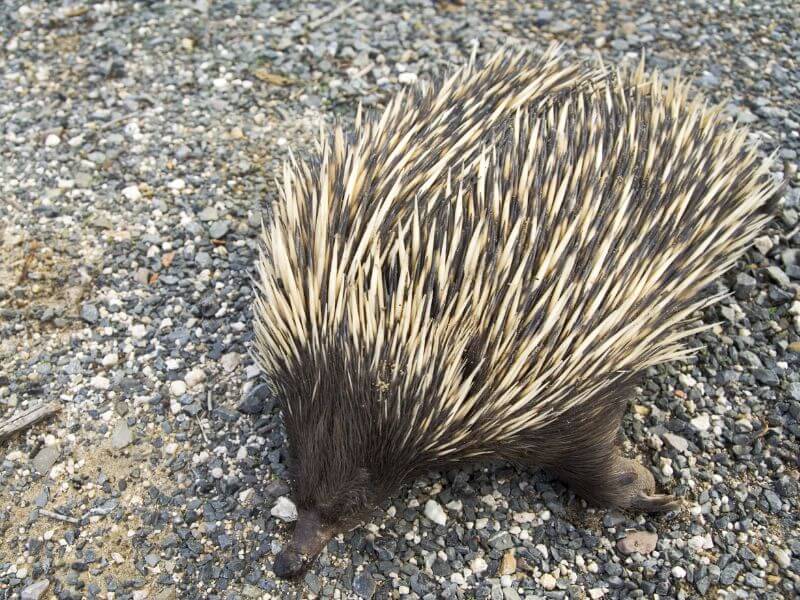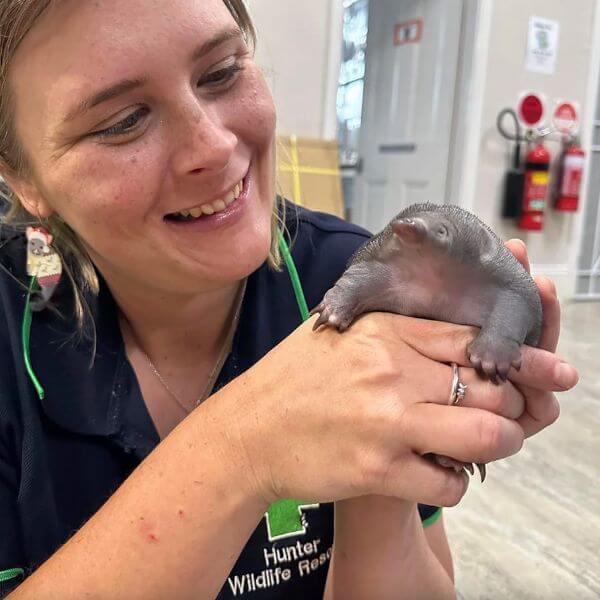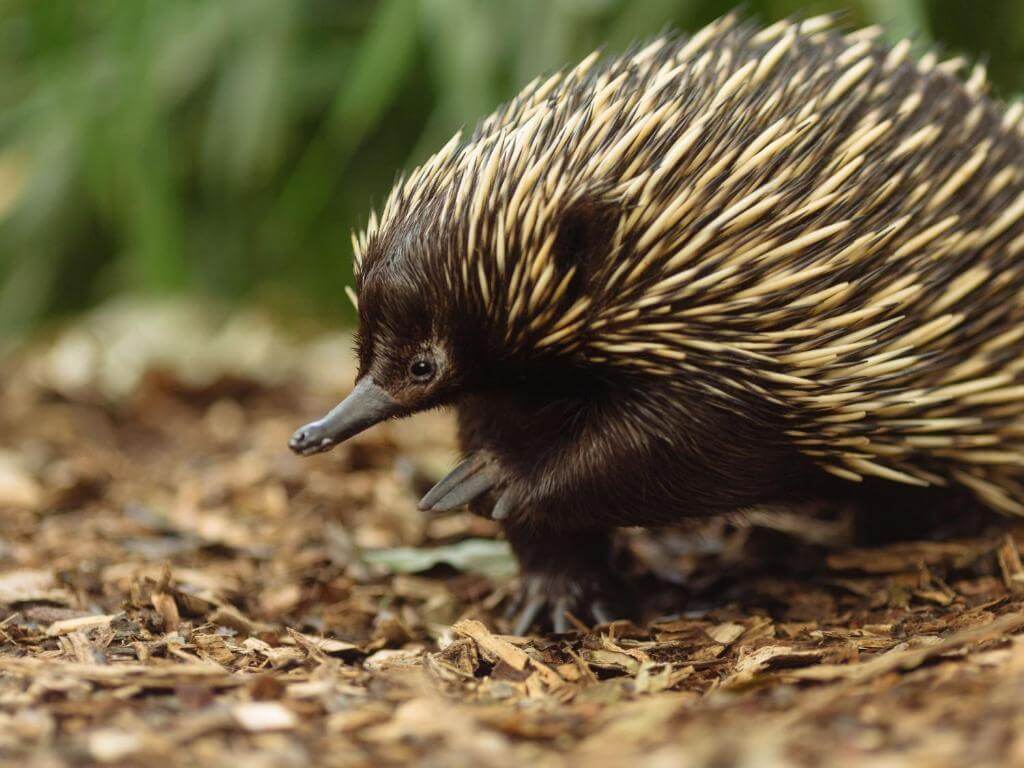RESCUE ADVICE
Echidnas
Echidnas become more active during Spring. We often receive calls regarding echidnas that have ‘dug’ themselves in at unusual locations and won’t move on. This is the echidnas defence mechanism and if it’s uninjured and in no immediate danger, it’s best to move away and wait for the animal to move on when it feels safe again.’
They are Australia’s most widespread native mammal, being found in almost all habitats, from snow-covered mountains to deserts. They are also common in urban areas, although their camouflage can make them difficult to see.
Echidnas are usually found among rocks, in hollow logs and in holes among tree roots. During rainy or windy weather, they often burrow into the soil or shelter under bushes and tussocks of grass.
If you find an injured or sick echidna, please call our 24/7 Rescue Line on 0418 628 483. It is operated by volunteers at WIRES. They will alert our team and a trained rescuer will be out as soon as possible.
Rescue Advice
Never Relocate An Echidna
Echidnas have a type of inbuilt GPS that allows them to get to and from their burrows via scent trails – if we relocate them away from their trails they are unable to get back to their babies in the burrow. If you contain a sick or injured echidna, it is very important to record exactly (latitude and longitude) where the echidna was found so that we can return it once rehabilitated.
Vehicle Collisions
If you hit an echidna or encounter a live echidna on the road, it MUST be taken to a veterinary clinic and x-rayed. It is impossible to examine these animals properly without x-ray as you cannot feel broken bones as with other animals. If you can’t get the animal to the vet, call our 24/7 Rescue Line and one of our volunteers will help you transport it.
Please also check the surrounding area for young as very young echidnas can easily be dislodged from the flap like pouch of the mother on impact with a vehicle.
Transporting An Echidna
If you do have to transport an echidna:
• NEVER use a wire cage – this will damage their beak irreversibly
• Never leave an echidna loose in your car or house! They are incredible escape artists and at any place where they can find a point of leverage, they will use their claws to break open their container.
• Echidnas cannot tolerate temperatures above 25C


Echidnas in the Hunter region
Short-beaked echidna
The short-beaked echidna is the smaller of the species, and individuals vary in colour depending on their location. All echidnas have sharp spines covering the back of their short, stocky bodies. They are Australia’s most widespread native mammal, being found in almost all habitats, from snow-covered mountains to deserts. They are also common in urban areas, although their camouflage can make them difficult to see.
Echidnas are usually found among rocks, in hollow logs and in holes among tree roots. During rainy or windy weather, they often burrow into the soil or shelter under bushes and tussocks of grass.

